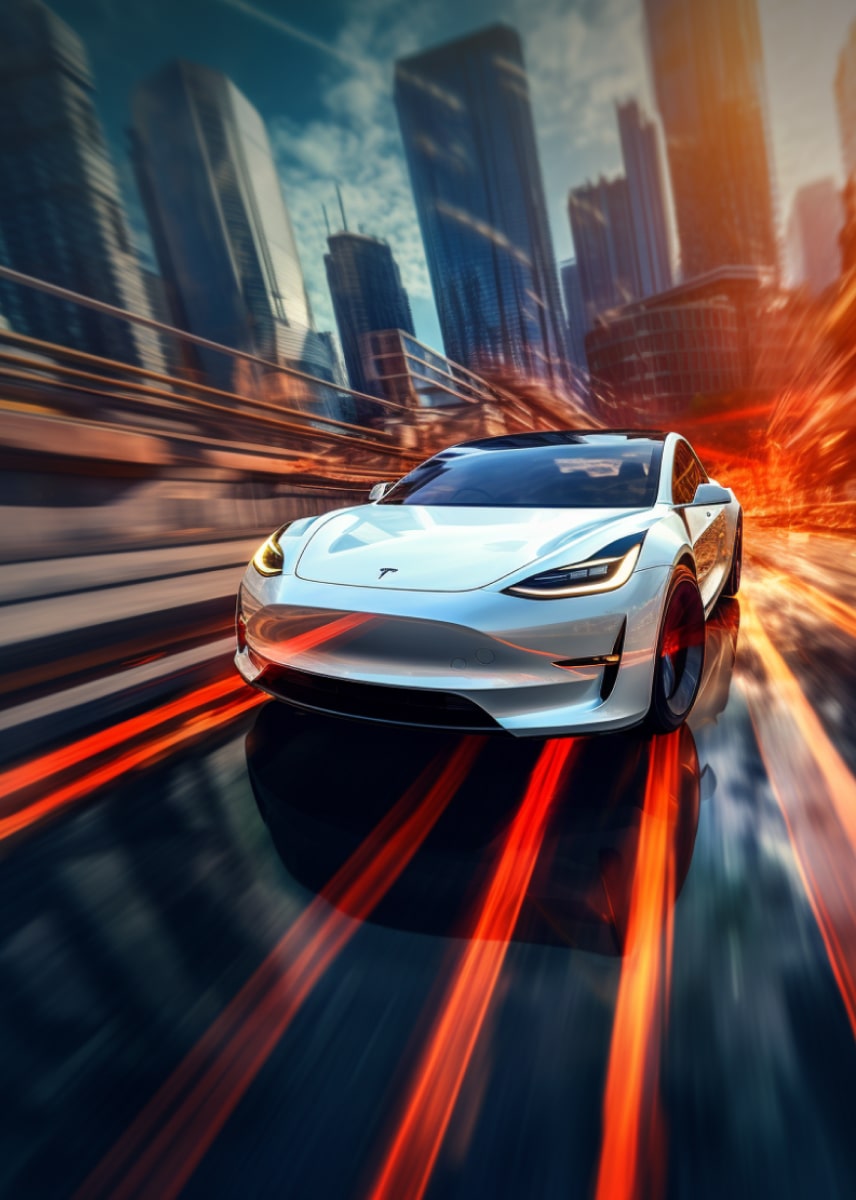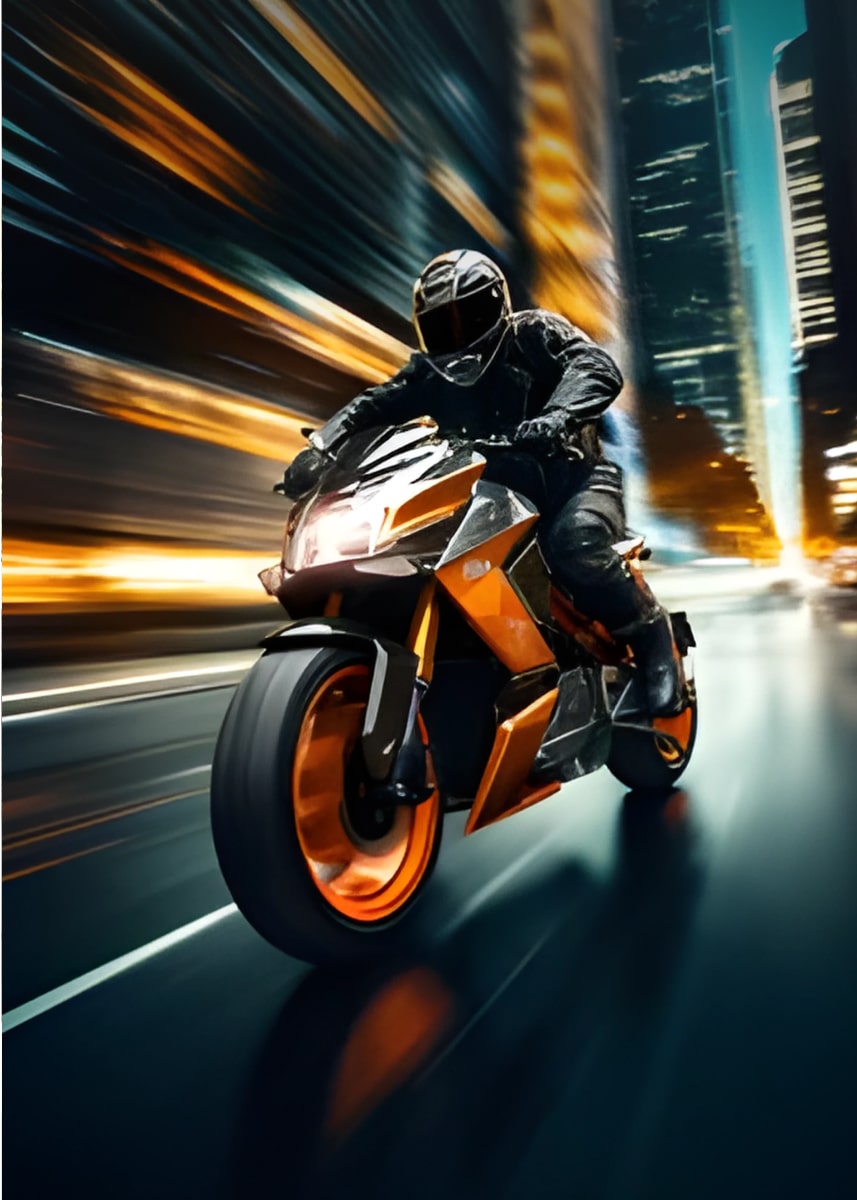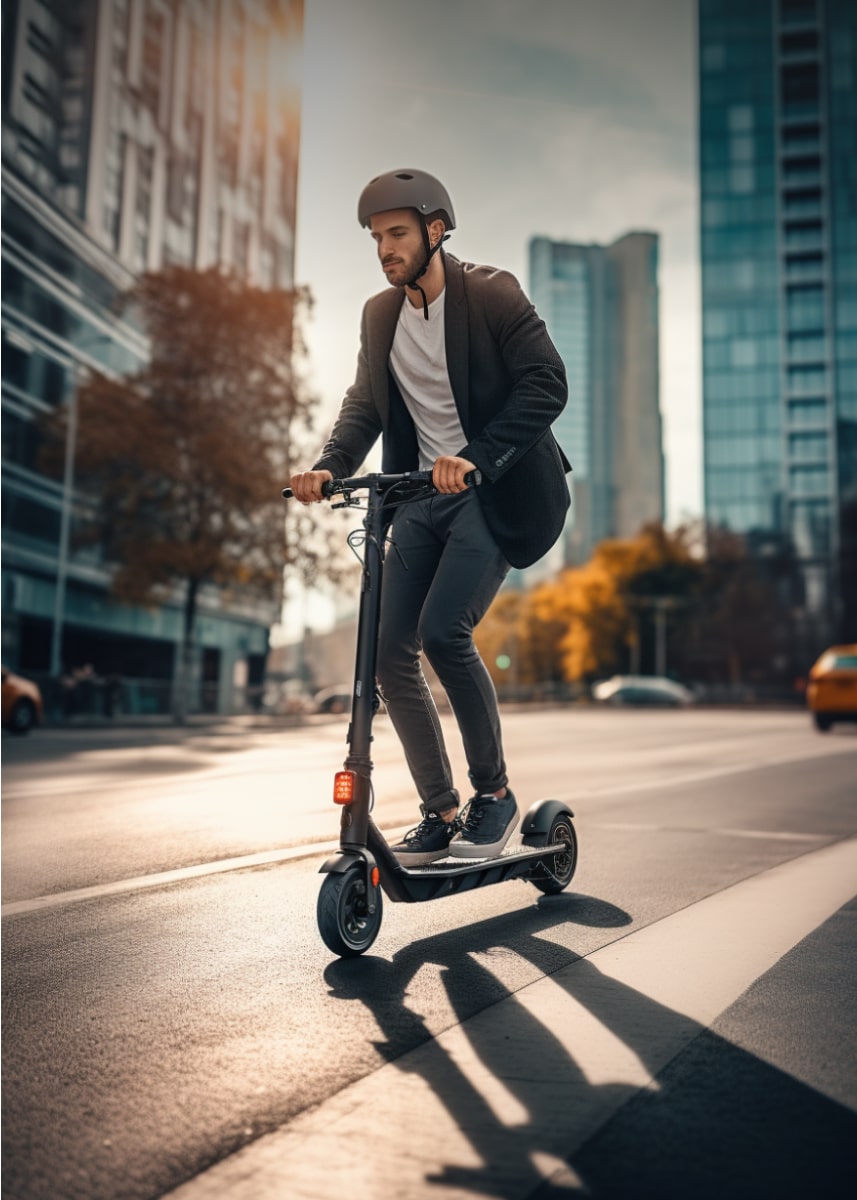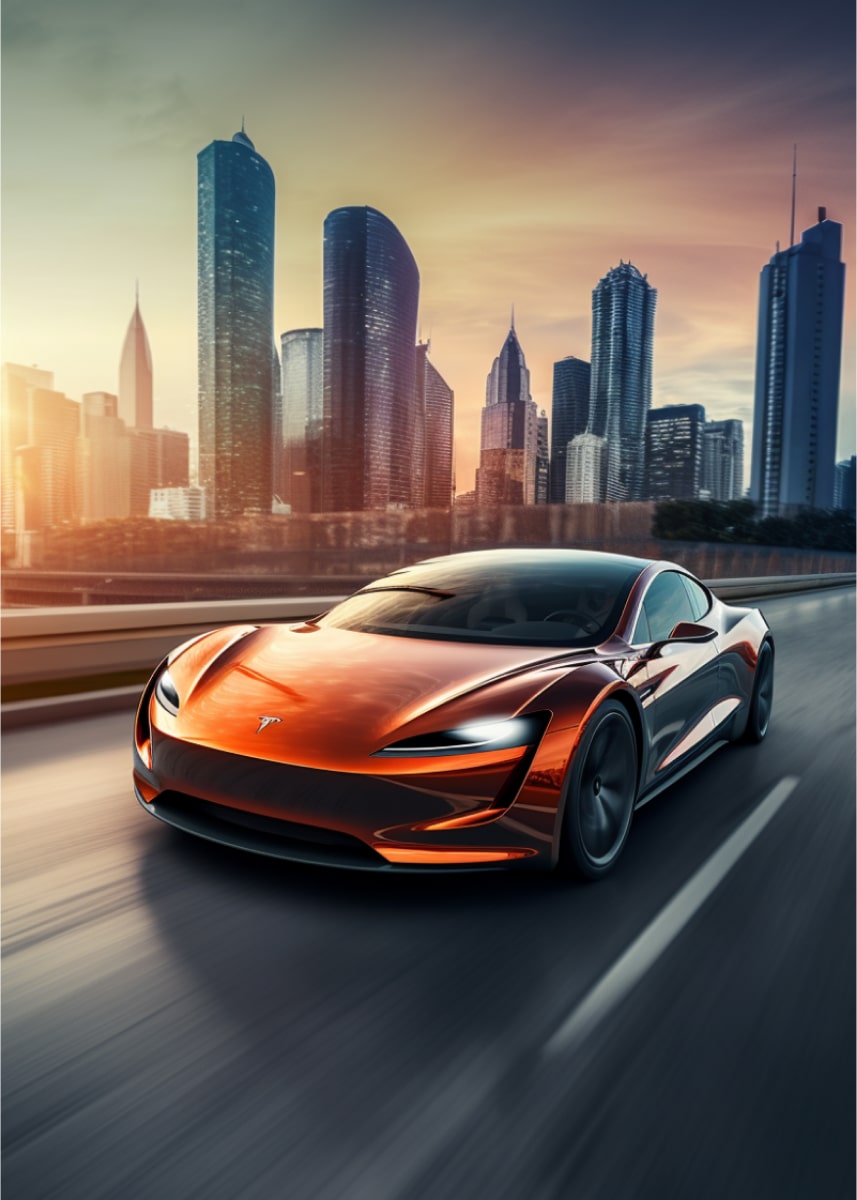implementation of LEVs
The Current Laws for The Implementation of LEVs
The term "Light Electric Vehicle" (LEV) covers a wide variety of electric vehicles with top speeds typically lower than 25 km/h (15 mph). The majority are powered by an electric motor that draws energy from a battery or fuel cell, has two or three wheels, and weighs less than 100 kilograms. Vehicles that fall under the category of LEVs include electric bikes, electric scooters, e-skateboards, and pedelecs. Such vehicles are exceptionally compact and lightweight, allowing for a foldable and transportable design. Annual sales of LEVs are expected to exceed 130 million by 2025, making it one of the world's largest industries.
The Light Electric Vehicle Association of Europe (LEVA-EU) is the only European trade group dedicated solely to the promotion of light electric vehicles (LEVs). Since the association believes that e-bikes with power above current limits should be classified separately from mopeds and motorbikes, it has been actively working to change legislation to allow for a wider diversity of LEVs. Additionally, LEVA-EU prevented the retroactive collection of duties, which saved many businesses a substantial amount of money. Previous proposals from LEVA-EU suggested exempting LEVs with top speeds of 50 km/h (31 mph) from both Regulation 168/2013 and the Machinery Directive. The association later recommended the EU to create a new horizontal Vehicle Regulation that could be supplemented with harmonized standards and, if necessary, type-approval for specific vehicles.
The Current Laws for The Implementation of LEVs
Electric vehicles are being considered a green solution by governments and automakers around the world in light of rising environmental issues. In spite of this, there has been growing concern over the safety of LEVs after a spate of accidents and, in some cases, fatalities caused by collisions in various European countries. Reports from the German police in 2020 show that 2,155 individuals were injured or killed in accidents involving e-scooters, while according to consumer protection organization Codacons, 17 people have been killed in Italy on electric scooters in the last two years. As a result of recurring accidents, many EU countries have introduced new regulations with a focus on safety and a long-term vision for smart mobility.
The regulations cover various safety requirements, which can be broadly classified into the following categories:
SPEED LIMIT for LEVs
In Europe, there has been a general consensus to set the speed limit at 25 km/h (15 mph). Newly proposed regulations, scheduled to take effect in January 2023, would reduce the current speed limit from 25 km/h (15 mph) to 20 km/h (12 mph) on roads and to 6 km/h (approx. 4 mph) in car-free pedestrian areas.
Austrians have also voiced support for capping the maximum speed of e-scooters at 20 km/h (12 mph), and in Paris, some of the city's most congested neighborhoods have begun slashing the velocity of rented LEVs to 10 km/h (6mph). If e-scooters are approved for use in Ireland, they would be restricted to a maximum speed of 25 km/h (15 mph), with local municipalities having the authority to lower that limit to 20 km/h (12 mph) if necessary. Laws and restrictions establishing this speed limit have also been passed in both Belgium and Spain.
The Light Electric Vehicles Regulation in Germany was passed in 2019, allowing for the legalization of LEVs on public roads with certain limitations, such as a continuously rated power limit of 500 watts and speeds up to 20 km/h (12 mph). Both Sweden and Denmark have also instituted a similar national speed limit due to safety concerns.
AGE LIMIT for LEVs
In the United Kingdom, riders must be at least 16 years old, and helmets are mandatory for all users. Countries such as Malta went over and beyond, requiring riders to have a valid, category-appropriate driver's license to operate an LEV. In Germany, the legal driving age is 14, and helmets are strongly encouraged but not required. Denmark and Norway have both made helmets mandatory for riders under the age of 15 this year, and both countries have also enacted drink-driving limits that are consistent with those for motorists. In Slovakia, LEVs are considered non-motorized vehicles, and riders must be at least 15 years old to legally ride them on the road. In Luxembourg, the legal age to operate LEVs is 13.
RENTALS REGULATIONS
Authorities in several European countries have banned e-scooter rentals at certain times of the day to curb accidents. In July last year, Oslo banned night-time e-scooter rentals, and in Finland, rented e-scooter speed limits have been reduced to 15 km/h (9mph) at night. Authorities in Helsinki banned e-scooter rentals after midnight on weekends, while councilors in Stockholm voted to slash the number of rental scooters available in the city.
Scooters for shared use can no longer be left parked anywhere within the city limits of Brussels. Instead, the city has designated 'drop-off zones' where riders must leave their scooters after use.





